In the recent THE New Europe Rankings there were 53 institutes ranked using the same methodology as in THE World University Rankings (in which 1103 institutes were ranked). Indicators cover five areas, which are the following:
- learning environment (30%)
- research (30%)
- citation (30%)
- international outlook (7,5%)
- industry income (2,5%).
According to THE New Europe, University of Tartu was on the top, ranked in the 301-350 position in THE World University Ranking. Taking the subject rankings into consideration, University of Tartu positioned itself among the best 250 institutions in several fields, such as clinical, pre-clinical & health, life sciences and computer science. While Cyprus University of Technology – ranked as the second university in the New Europe Rankings – are missing from the best 500 universities in any of the fields, it was ranked in the group 351-400 because of its outstanding citation impact. University of Cyprus was ranked as third in New Europe Rankings, coming from the 401-500 position in the World University Rankings, performing among the best 250 institutes in the field of Engineering and technology.
| Rank | World Univ Rank | Institution | Country | Arts & Humanities | Clinical, pre-clinical & health | Life sciences | Physical sciences | Social sciences | Computer science | Engineering and technology |
| 1 | 301–350 | University of Tartu | Estonia | 301-400 | 201-250 | 126-150 | 301-400 | 301-400 | 201-250 | – |
| 2 | 351–400 | Cyprus University of Technology | Cyprus | – | – | – | – | – | – | – |
| 3 | 401–500 | University of Cyprus | Cyprus | 301-400 | – | – | 401-500 | 301-400 | 251-300 | 201-250 |
Comparing these results to Hungarian universities, Semmelweis University has the best position in THE New Europe Rankings among Hungarian institutions. It is ranked among the best 5 universities, having the same position in THE World University Rankings as University of Cyprus (401-500). While the top university (University of Tartu) has performed among the best 250 institutions in subject rankings, Hungarian universities’ best ranking positions in any of the fields are under 301-400. Their performance at the indicators with the highest weights (learning environment, research and citation) are lower than their competitors’. Although Semmelweis University performed great at international outlook, it weights only 7,5% in total which was not enough to reach a better position. The second Hungarian university in THE New Europe is Eötvös Loránd University, ranked as 11th (having the 601-800. position in World University Ranking), followed by University of Pécs as the 13th and University of Szeged as the 18th. It is worth taking a closer look at other rankings due to the differences in the used indicators and weighting.
| University | THE New Europe | THE | QS – EECA | Leiden (World) | ARWU | U.S. News |
| 2017 | 2017-2018 | 2017 | 2017 | 2017 | 2017 | |
| Semmelweis University | 5 | 401-500 | 744 | 656 | ||
| Eotvos Lorand University | 11 | 601-800 | 30 | 767 | 501-600 | 466 |
| University of Pécs | 13 | 601-800 | 63 | 956 | ||
| University of Szeged | 18 | 601-800 | 27 | 654 | 501-600 | 756 |
| Budapest University of Technology and Economics | 25 | 801-1000 | 28 | 763 | 701-800 | 849 |
| University of Debrecen | 27 | 801-1000 | 35 | 705 | 559 | |
| Corvinus University of Budapest | 31-40 | 801-1000 | 45 |
It can be seen that Semmelweis’s best performance in THE Rankings (among Hungarian institutions) was overtaken by University of Szeged (654th) and University of Debrecen (705th) in Leiden Rankings. Comparing any of the rankings above to Leiden is instructive as Leiden has the only list showing factual information using Web of Science database (while THE uses Scopus database and publishing only the standardized scores). Szeged has the best ranking position in QS-EECA (27th), followed straight by Budapest University of Technology and Economics (28th). It is important to highlight, that each of these rankings has different methodologies, sometimes resulting variant positions for the same institution as it can be seen from the table above. QS-EECA even differs from QS World Rankings, while THE World and THE New Europe Rankings use the same methodology.
THE uses citation impact with a 30% weight, opposite to QS EECA having 15% for citation, while for Leiden Rankings publication is the only indicator used for computing rankings.
 Dr. habil György Fábri (1964) is an habilitated associate professor (Institute of research on Adult Education and Knowledge Management, Faculty of Education and Psychology of Eötvös Loránd University), head of the Social Communication Research Group. Areas of research: university philosophy, sociology of higher education and science, science communication, social communication, church sociology. His monograph was published on the transformation of Hungarian higher education during the change of regime (1992 Wien) and on university rankings (2017 Budapest). He has edited several scientific journals, and his university courses and publications cover communication theory, university philosophy, science communication, social representation, media and social philosophy, ethics, and church sociology.
Dr. habil György Fábri (1964) is an habilitated associate professor (Institute of research on Adult Education and Knowledge Management, Faculty of Education and Psychology of Eötvös Loránd University), head of the Social Communication Research Group. Areas of research: university philosophy, sociology of higher education and science, science communication, social communication, church sociology. His monograph was published on the transformation of Hungarian higher education during the change of regime (1992 Wien) and on university rankings (2017 Budapest). He has edited several scientific journals, and his university courses and publications cover communication theory, university philosophy, science communication, social representation, media and social philosophy, ethics, and church sociology.
 Dr. Mircea Dumitru is a Professor of Philosophy at the University of Bucharest (since 2004). Rector of the University of Bucharest (since 2011). President of the European Society of Analytic Philosophy (2011 – 2014). Corresponding Fellow of the Romanian Academy (since 2014). Minister of Education and Scientific Research (July 2016 – January 2017). Visiting Professor at Beijing Normal University (2017 – 2022). President of the International Institute of Philosophy (2017 – 2020). President of Balkan Universities Association (2019 – 2020). He holds a PhD in Philosophy at Tulane University, New Orleans, USA (1998) with a topic in modal logic and philosophy of mathematics, and another PhD in Philosophy at the University of Bucharest (1998) with a topic in philosophy of language. Invited Professor at Tulsa University (USA), CUNY (USA), NYU (USA), Lyon 3, ENS Lyon, University of Helsinki, CUPL (Beijing, China), Pekin University (Beijing, China). Main area of research: philosophical logic, metaphysics, and philosophy of language. Main publications: Modality and Incompleteness (UMI, Ann Arbor, 1998); Modalitate si incompletitudine, (Paideia Publishing House, 2001, in Romanian; the book received the Mircea Florian Prize of the Romanian Academy); Logic and Philosophical Explorations (Humanitas, Bucharest, 2004, in Romanian); Words, Theories, and Things. Quine in Focus (ed.) (Pelican, 2009); Truth (ed.) (Bucharest University Publishing House, 2013); article on the Philosophy of Kit Fine, in The Cambridge Dictionary of Philosophy, the Third Edition, Robert Audi (ed.) (Cambridge University Press, 2015), Metaphysics, Meaning, and Modality. Themes from Kit Fine (ed.) (Oxford University Press, forthcoming).
Dr. Mircea Dumitru is a Professor of Philosophy at the University of Bucharest (since 2004). Rector of the University of Bucharest (since 2011). President of the European Society of Analytic Philosophy (2011 – 2014). Corresponding Fellow of the Romanian Academy (since 2014). Minister of Education and Scientific Research (July 2016 – January 2017). Visiting Professor at Beijing Normal University (2017 – 2022). President of the International Institute of Philosophy (2017 – 2020). President of Balkan Universities Association (2019 – 2020). He holds a PhD in Philosophy at Tulane University, New Orleans, USA (1998) with a topic in modal logic and philosophy of mathematics, and another PhD in Philosophy at the University of Bucharest (1998) with a topic in philosophy of language. Invited Professor at Tulsa University (USA), CUNY (USA), NYU (USA), Lyon 3, ENS Lyon, University of Helsinki, CUPL (Beijing, China), Pekin University (Beijing, China). Main area of research: philosophical logic, metaphysics, and philosophy of language. Main publications: Modality and Incompleteness (UMI, Ann Arbor, 1998); Modalitate si incompletitudine, (Paideia Publishing House, 2001, in Romanian; the book received the Mircea Florian Prize of the Romanian Academy); Logic and Philosophical Explorations (Humanitas, Bucharest, 2004, in Romanian); Words, Theories, and Things. Quine in Focus (ed.) (Pelican, 2009); Truth (ed.) (Bucharest University Publishing House, 2013); article on the Philosophy of Kit Fine, in The Cambridge Dictionary of Philosophy, the Third Edition, Robert Audi (ed.) (Cambridge University Press, 2015), Metaphysics, Meaning, and Modality. Themes from Kit Fine (ed.) (Oxford University Press, forthcoming).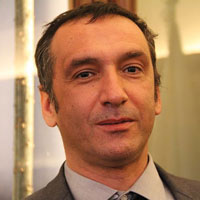 Mr. Degli Esposti is Full Professor at the Department of Computer Science and Engineering, Deputy Rector Alma Mater Studiorum Università di Bologna, Dean of Biblioteca Universitaria di Bologna, Head of Service for the health and safety of people in the workplace, President of the Alma Mater Foundation and Delegate for Rankings.
Mr. Degli Esposti is Full Professor at the Department of Computer Science and Engineering, Deputy Rector Alma Mater Studiorum Università di Bologna, Dean of Biblioteca Universitaria di Bologna, Head of Service for the health and safety of people in the workplace, President of the Alma Mater Foundation and Delegate for Rankings.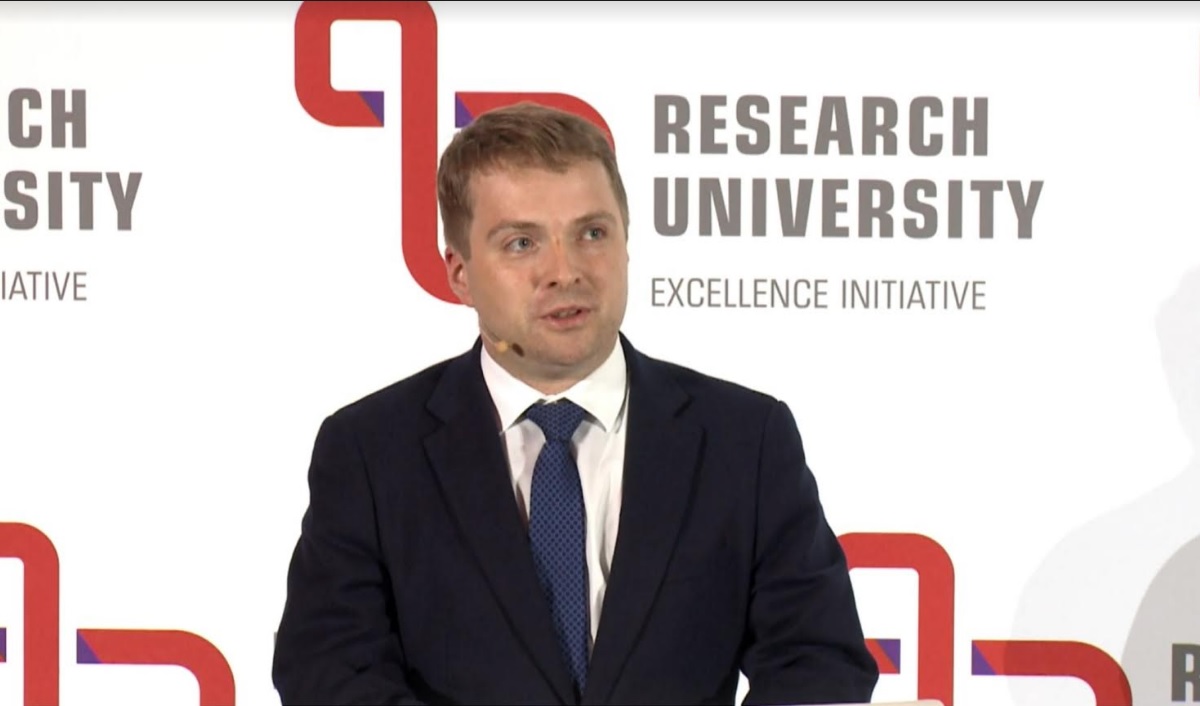
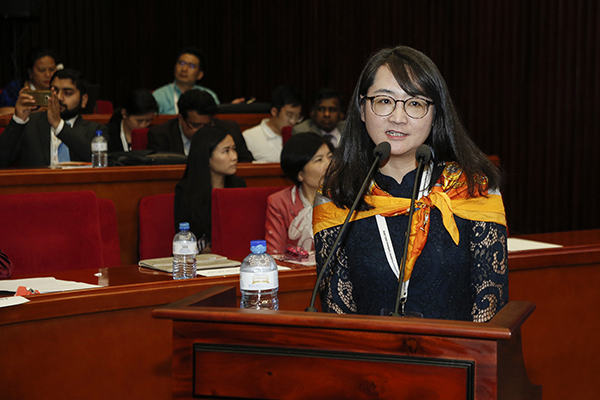
 Ben joined QS in 2002 and has led institutional performance insights function of QS since its emergence following the early success of the QS World University Rankings®. His team is, today, responsible for the operational management of all major QS research projects including the QS World University Rankings® and variants by region and subject. Comprising over 60 people in five international locations, the team also operate a widely adopted university rating system – QS Stars – and a range of commissioned business intelligence and strategic advisory services.Ben has travelled to over 50 countries and spoken on his research in almost 40. He has personally visited over 50 of the world’s top 100 universities amongst countless others and is a regular and sought after speaker on the conference circuit.Ben is married and has two sons; if he had any free time it would be spent reading, watching movies and skiing.
Ben joined QS in 2002 and has led institutional performance insights function of QS since its emergence following the early success of the QS World University Rankings®. His team is, today, responsible for the operational management of all major QS research projects including the QS World University Rankings® and variants by region and subject. Comprising over 60 people in five international locations, the team also operate a widely adopted university rating system – QS Stars – and a range of commissioned business intelligence and strategic advisory services.Ben has travelled to over 50 countries and spoken on his research in almost 40. He has personally visited over 50 of the world’s top 100 universities amongst countless others and is a regular and sought after speaker on the conference circuit.Ben is married and has two sons; if he had any free time it would be spent reading, watching movies and skiing.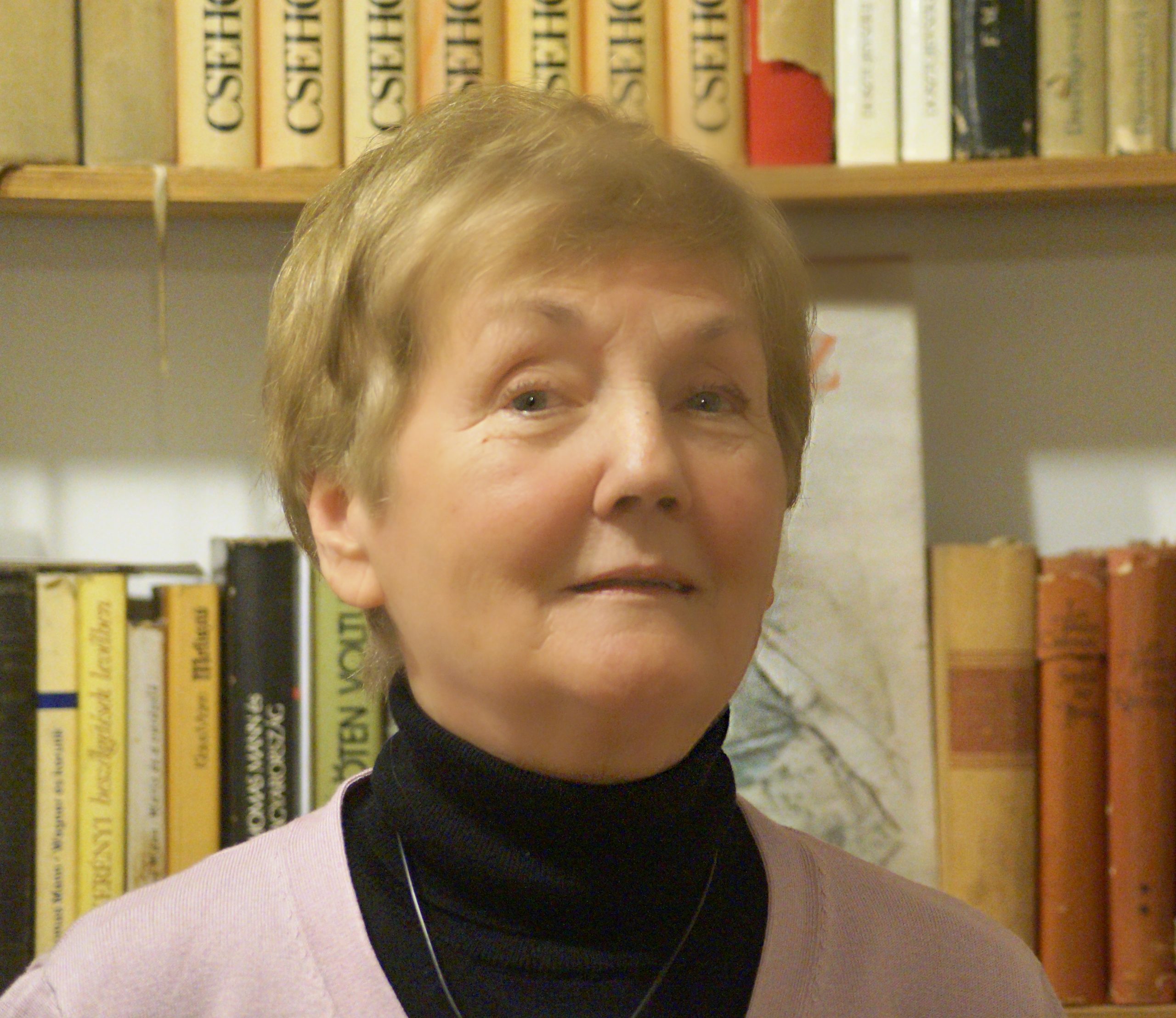
 Anna Urbanovics is a PhD student at Doctoral School of Public Administration Sciences of the University of Public Service, and studies Sociology Master of Arts at the Corvinus University of Budapest. She is graduated in International Security Studies Master of Arts at the University of Public Service. She does research in Scientometrics and International Relations.
Anna Urbanovics is a PhD student at Doctoral School of Public Administration Sciences of the University of Public Service, and studies Sociology Master of Arts at the Corvinus University of Budapest. She is graduated in International Security Studies Master of Arts at the University of Public Service. She does research in Scientometrics and International Relations.


 Since 1 February 2019 Minister Palkovics as Government Commissioner has been responsible for the coordination of the tasks prescribed in Act XXIV of 2016 on the promulgation of the Agreement between the Government of Hungary and the Government of the People’s Republic of China on the development, implementation and financing of the Hungarian section of the Budapest-Belgrade Railway Reconstruction Project.
Since 1 February 2019 Minister Palkovics as Government Commissioner has been responsible for the coordination of the tasks prescribed in Act XXIV of 2016 on the promulgation of the Agreement between the Government of Hungary and the Government of the People’s Republic of China on the development, implementation and financing of the Hungarian section of the Budapest-Belgrade Railway Reconstruction Project.

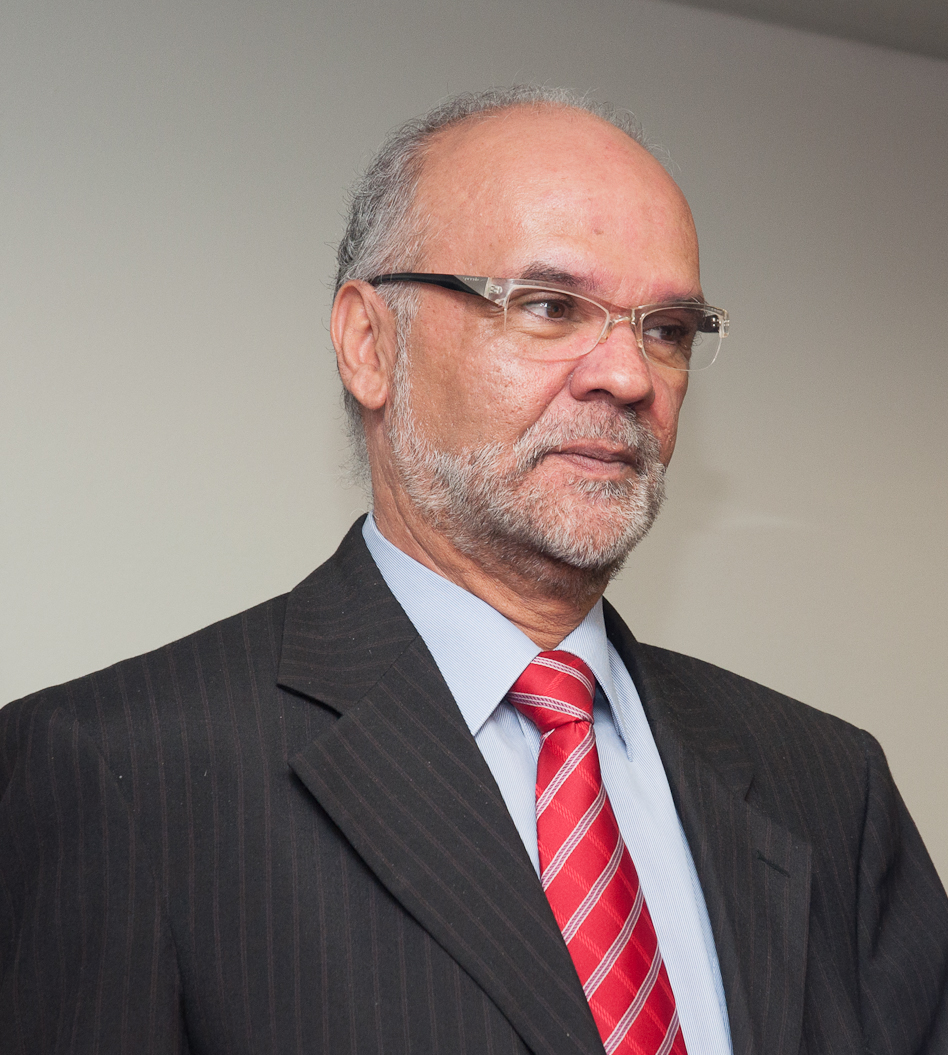
 He is the past President of the Health and Health Care Economics Section of the Hungarian Economics Association.
He is the past President of the Health and Health Care Economics Section of the Hungarian Economics Association.

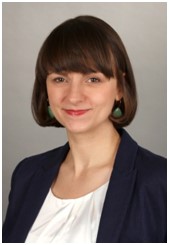 Based in Berlin, Zuzanna Gorenstein is Head of Project of the German Rectors’ Conference (HRK) service project “International University Rankings” since 2019. Her work at HRK encompasses the conceptual development and implementation of targeted advisory, networking, and communication measures for German universities’ ranking officers. Before joining the HRK, Zuzanna Gorenstein herself served as ranking officer of Freie Universität Berlin.
Based in Berlin, Zuzanna Gorenstein is Head of Project of the German Rectors’ Conference (HRK) service project “International University Rankings” since 2019. Her work at HRK encompasses the conceptual development and implementation of targeted advisory, networking, and communication measures for German universities’ ranking officers. Before joining the HRK, Zuzanna Gorenstein herself served as ranking officer of Freie Universität Berlin.
 His books on mathematical modeling of chemical, biological, and other complex systems have been published by Princeton University Press, MIT Press, Springer Publishing house. His new book RANKING: The Unwritten Rules of the Social Game We All Play was published recently by the Oxford University Press, and is already under translation for several languages.
His books on mathematical modeling of chemical, biological, and other complex systems have been published by Princeton University Press, MIT Press, Springer Publishing house. His new book RANKING: The Unwritten Rules of the Social Game We All Play was published recently by the Oxford University Press, and is already under translation for several languages.
